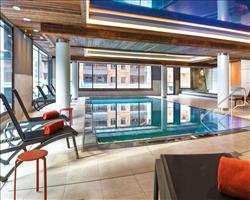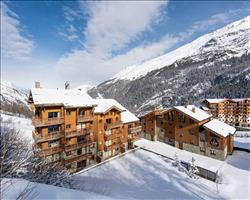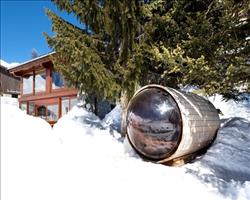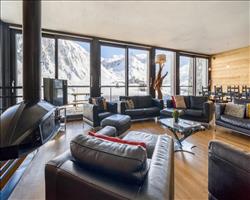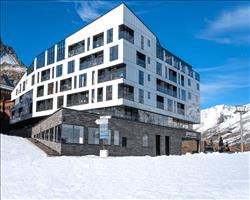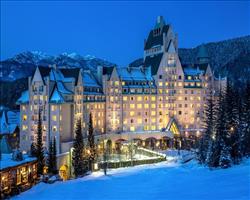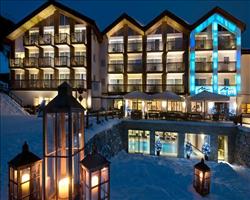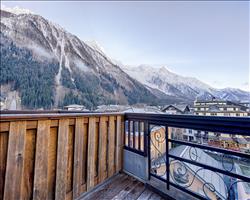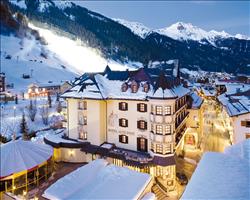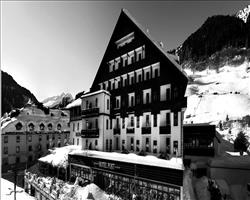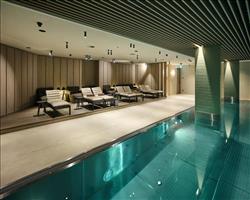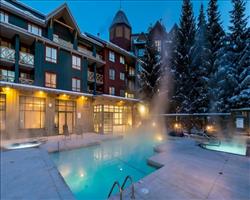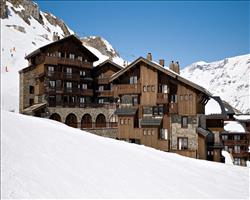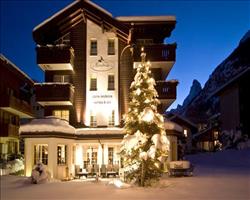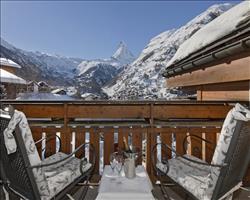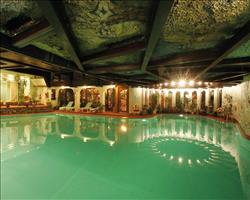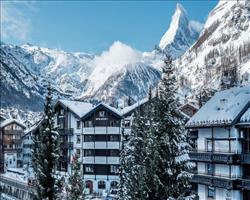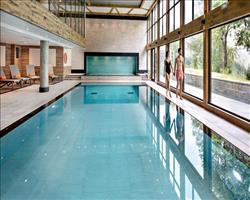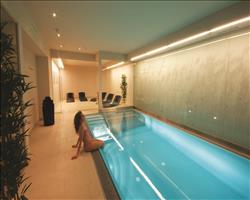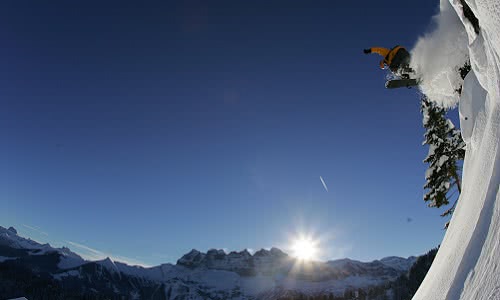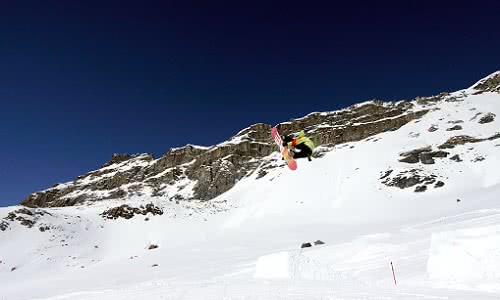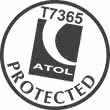Snowboarding holidays
Snowboard deals in hundreds of resorts with SNO
Featuring chalets, hotels and apartments - from cheap and cheerful to crazily luxurious - our snowboarding packages fly from UK airports to awesome winter resorts all over the planet.
With the option of including board and boot hire or snowboard carriage for the flight, we’ll sort out the holiday while you get excited about the snow, parks and powder waiting for you.
with your own travel concierge. Enquire online or give us a call and we'll
help you plan a super snowboarding holiday
020 7770 6888 ← online or call ↴
020 7770 6888
Snowboarding resorts
The best resorts for snowboarding have nice, wide runs for beginners and specialist snowboard schools to get you started on them. It’s best to avoid ski areas with lots of drag lifts (possible to use with a board, but a faff) as well as runs that flatten out and cat tracks (they require a lot of scooting). A big snow park - or multiple snow parks - with a mix of easy, medium and difficult obstacles is a bonus, and for experts, somewhere with good freeride terrain is terrific. For lists of our favourite snowboarding resorts, see the grid above.
Beginner snowboarding
Tips for first time snowboarders:
- Work out which way you ride - regular (left leg in the lead) or goofy (right leg in front). Which foot do you lift first to put trousers on? If a friend pushes you, which leg to you fall onto? If you skid on a slippery floor in your socks, which leg goes first? The first leg you use should be the front one on the snowboard. These tests rely on you doing something fast and instinctive, to see which side you naturally lead with, and has led to the more aggressive suggestions that you could try rushing a door (leading shoulder equals leading foot) or going into a defensive boxing stance to see which foot goes forward. Beginners shouldn't obsess about this choice too much because most experienced riders are easily able to ride in the opposite direction to their favoured stance. A "regular" rider can easily lead with their right foot instead of their left foot, and often does, when this is called riding "fakie" or "switch".
- Get used to your bindings and how they work before you hit the slopes.
- If you put your board down, put it upside down so it doesn’t slide away.
- Get lessons – more specialist snowboard schools are opening each season, like Onyx and MINT in the Portes du Soleil, RTM in the Three Valleys and Rebel Alliance in Tignes. Run by experienced riders who know the latest learning techniques and the ski area inside out, this is a far better option than teaching yourself or learning from friends.
- Armour up – helmet, wrist guards, knee pads, elbow pads and hip pads as well as crash pants will help protect your body as you begin to board.
- Don’t be scared to fall – all rookies do, just make sure you know how to fall properly (not on your hands for starters).
- Don’t borrow a friend’s board – get a hire shop to match you with the best snowboard for your height and ability.
- Learn the rules of the road, and how lifts and pistes work.
- Look up, not at your feet.
- Keep at it – the first few days on a snowboard can be tiring but you get there in the end, nothing beats the rush of your first proper run so don’t give up at the first hurdle.
Snowboarding schools
Nearly all ski schools also teach snowboarding, and there are more and more specialist snowboard schools popping up in the top boarding areas. They teach everything from the very basics - how to fasten bindings, fall safely, skate and turn – to park skills and freeriding.
The main types of snowboarding lesson are group classes and private lessons. Learning in a group is cheaper, and a good way to make friends who are at the same stage of snowboarding as you (great for morale and handy to have people to practice with). Private tuition fast tracks your development, giving you the undivided attention of your snowboard instructor who can tailor the lesson to your specific needs.
Summer snowboarding
Snowboarding’s a winter sport, but that’s not to say you can’t board in the summer months. A handful of the highest alpine resorts open their highest lifts in the summertime, where you can hone technique on mostly blue slopes. But the real draw is the world-class snow parks, shaped to shredding perfection up on scenic, snowy glaciers. Burton hold their summer camp at the Gravity Park in Zermatt, while the Hintertux near Mayrhofen has a superpipe, and Saas-Fee hosts the international Saas-Fee Ride competition on its park each July.
Snowboarding gear & equipment
- Snowboard – we’d suggest hiring one from a shop in resort rather than buying one for your first snowboard trip. Note down your weight and height if you don’t already know them as the staff might need them to pick the right board for you.
- Snowboard Boots – you’ll need specific snowboard boots, and the softer ones are better for beginners. They need to feel snug but not too tight. Hire them with your snowboard and the staff will ensure you have the right type and fit.
- Goggles – good quality snow goggles are worth paying a bit more for, or if you know someone who skis or boards see if you can borrow some for your first trip.
- Helmet – a snow helmet with goggle attachments.
- Sunglasses – when it’s not snowing, the sun reflects on the snow making it very bright so sunglasses are a must.
- Wrist and knee guards – a godsend when learning to snowboard.
- Snowboard pants – waterproof trousers, looser than ski pants or salopettes because boarders need to crouch and move their legs around more. They’re often more padded around your knees and bum.
- Snowboard jacket – longer and looser than ski jackets, these are comfier when you’re sitting down (which you’ll do quite a bit of in lessons) and give you freedom of movement while riding.
- Neck warmer – to keep out the cold between your helmet and tops.
- Layers – thermals and micro fleeces help you keep warm under your outer layers. The best ones are quick dry and lightweight.
- Gloves – thick, waterproof snow gloves or mittens, preferably with wrist straps to prevent them getting lost.
History of Snowboarding
When did snowboarding begin? The story starts in the sixties with a chap from Michigan called Sherman Poppen. He wanted to give his daughter a novel way of sliding down the local hills in winter and roped together two skis. The invention was patented in 1966 as a wooden board, shorter and fatter than skis with surface grips. Allowing a kind of surfing on the snow, he called it the snurfboard and snurfing was a huge hit – sales rocketed and championships soon began. One competitor was a certain Jake Burton, whose self-adapted snurfer with homemade bindings caused the championship planners to create a new event at the last minute. As the only contestant, he won. They called it snowboarding, and Burton went on to develop the worldwide boarding brand we know and love today.
Snowboarding holidays FAQ:
In the same way as a ski trip - our properties and ski holidays don't differ for boarders/skiers- just call us or enquire online about any of the holidays that you see on the SNO website.
If you're worried, a resort might not be suitable then just ask. Snowboarders don't want to be boarding on long flat blues, especially if you're new to the sport. It's fairly rare nowadays for resorts to not allow snowboarding but Deer Valley and Alta in the USA continue to ban snowboarding.
There's very little difference in a ski trip and a snowboarding trip. The package prices and lift pass costs don't change, just the rental and snowboard schools costs may vary (either cheaper or more expensive depending on the venue but mostly they are the same).
Pack as you would for skiing:
- Jacket/salopettes/base layers for on the slopes
- Gloves
- Goggles
- Helmet
- Leisurewear
You'll also want to consider braces/supports (knee, ankle, wrist, elbow) or padding/protectors (back, elbow, knee) if you're hitting the park. If you're really off-piste make sure you've got all the correct safety equipment (transceiver, shovel, probe, airbag, first aid kit, etc.)
European resorts have some epic riding. Here's a couple of highlights:
- Avoriaz: Has become something of a snowboarding Mecca, with terrain for all ages and abilities and even a ski school (Mint) offering lessons for kids age 3+
- Mayrhofen: There is lots of varied terrain here - whether you want fresh powder, groomers or parks.
- St. Anton: A great resort across the board. The freeride opportunities are the real draw. Get a guide, and they'll take you to unbelievable spots in the Arlberg ski area.
- Chamonix: The freeride opportunities here are incredible. The parks in Grand Montet and Les Houches are worth visiting no matter your ability.
Across the Atlantic, Breckenridge and Whistler are phenomenal areas for snowboarders. Check out our top 10 resorts for snowboarders.
Which are the best snowboarding holidays?
| Accommodation | Resort | Price (per person) from |
|---|---|---|
| Chalet Monte Vera | St Anton | £ 809 |
| Chalet Rendl | St Anton | £ 903 |
| Chalet Catherine | Tignes | £ 916 |
| Chalet Katalin | Tignes | £ 916 |
| Chalet Phoebe | Tignes | £ 916 |
| Chalet Sarah | Tignes | £ 916 |
| Chalet Valluga | St Anton | £ 943 |
| Chalet Kapall | St Anton | £ 943 |
| Chalet Hera | Tignes | £ 1003 |
| Delta Whistler Village Suites | Whistler | £ 1035 |






